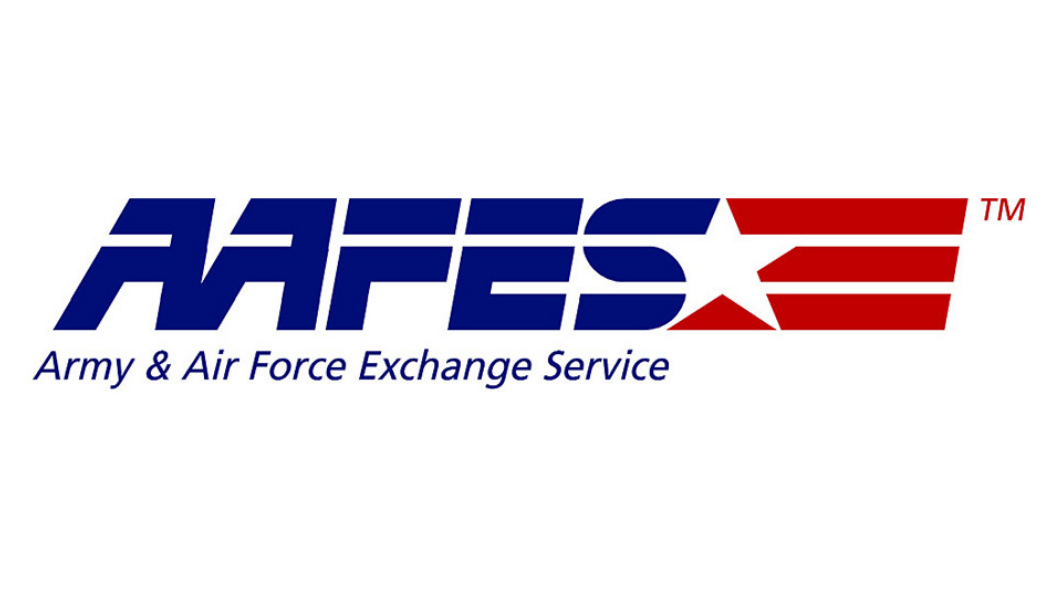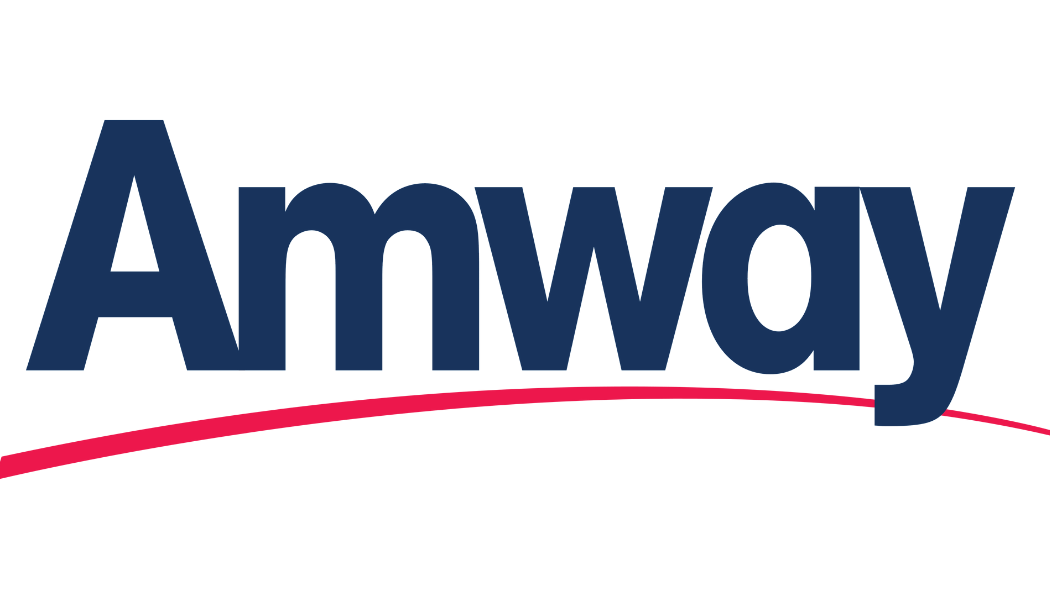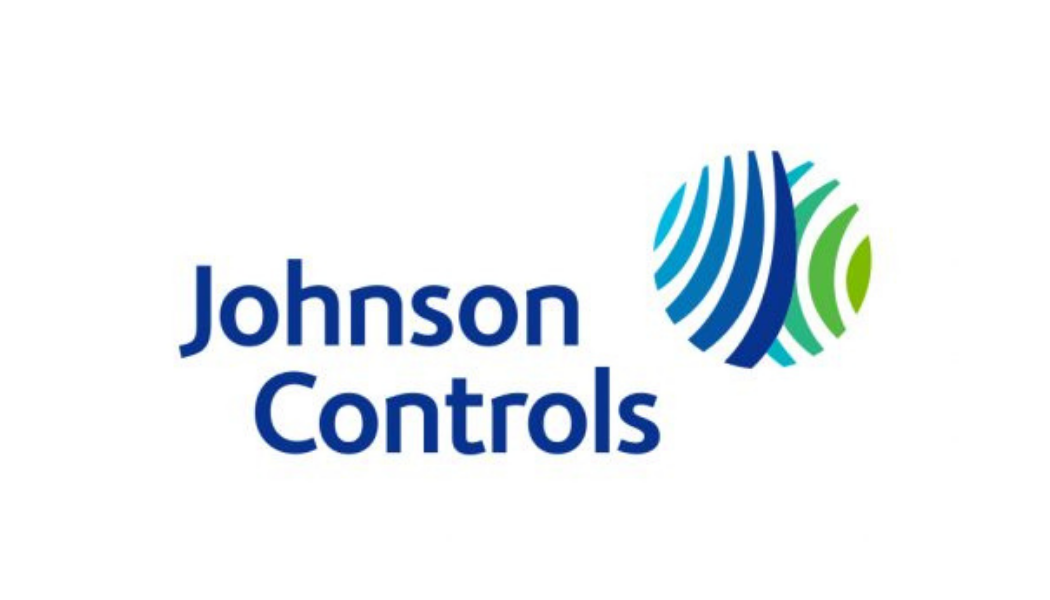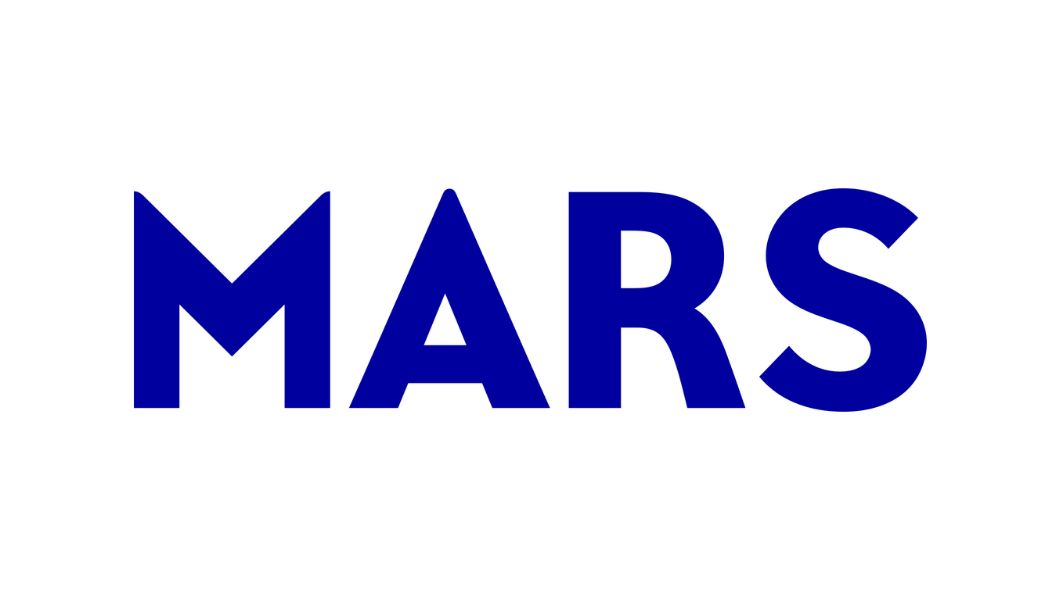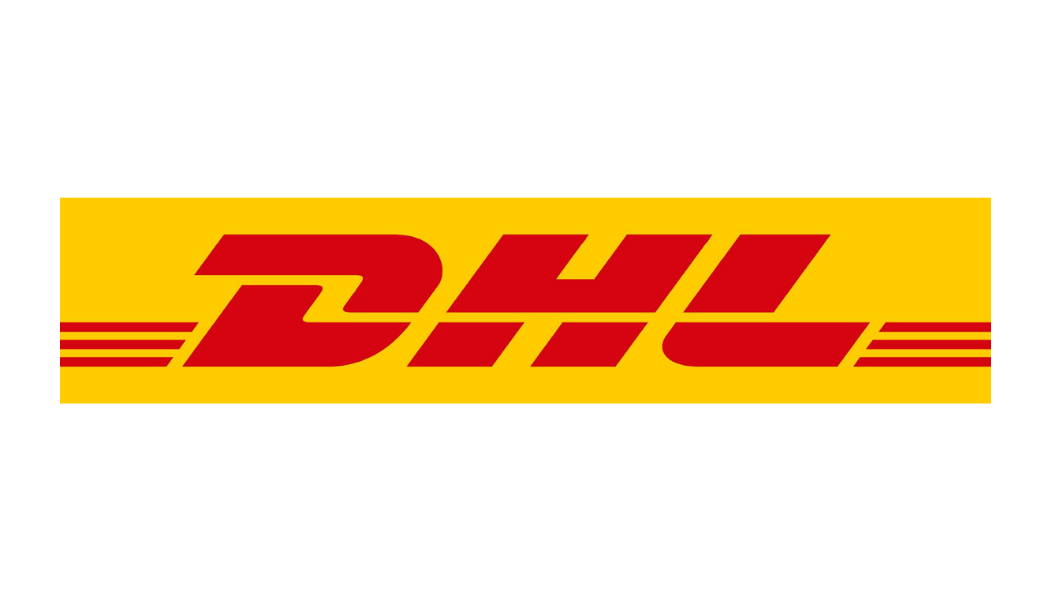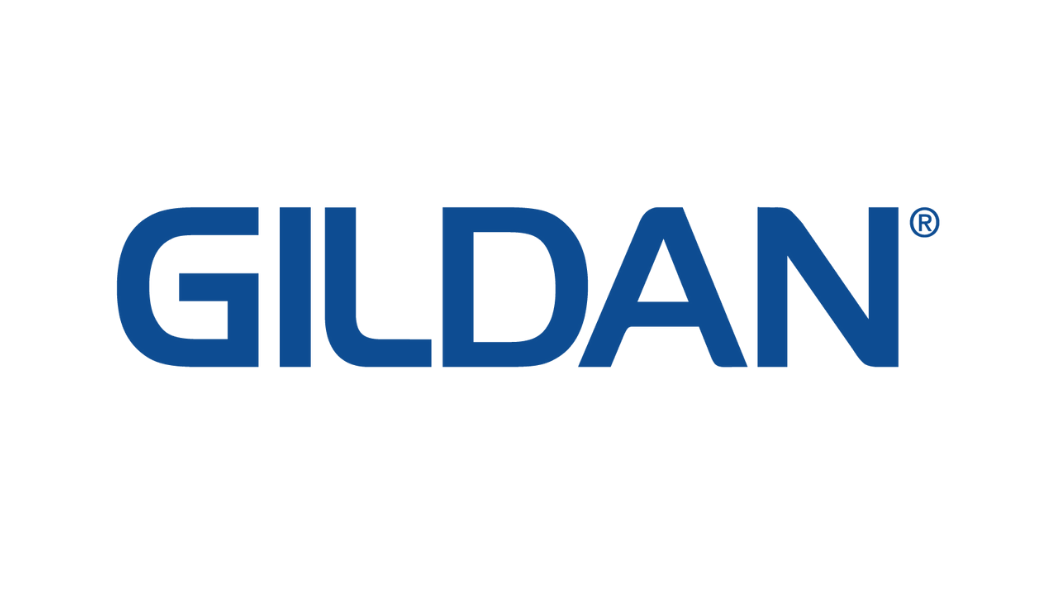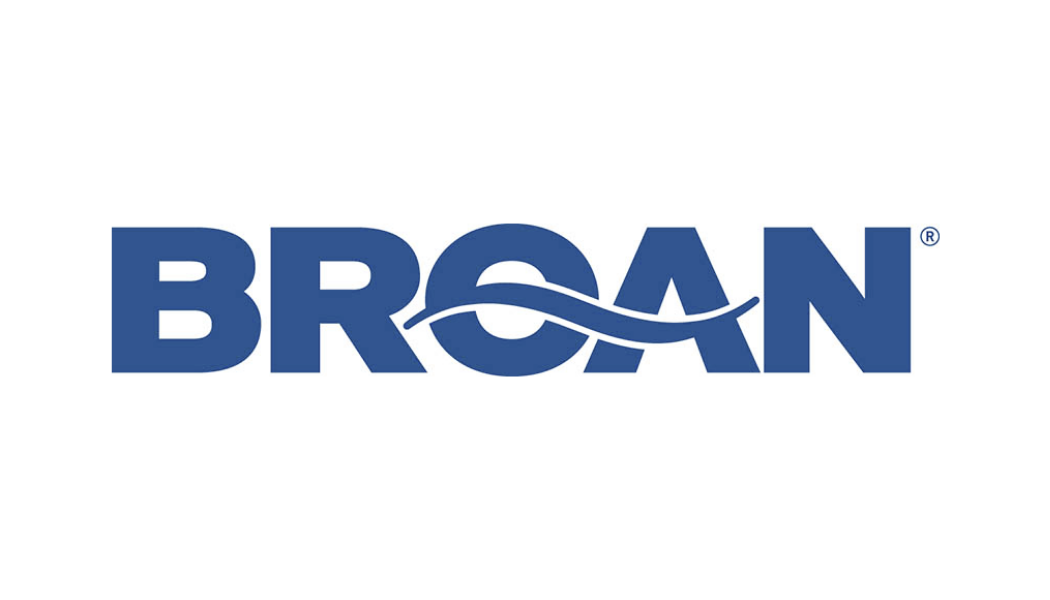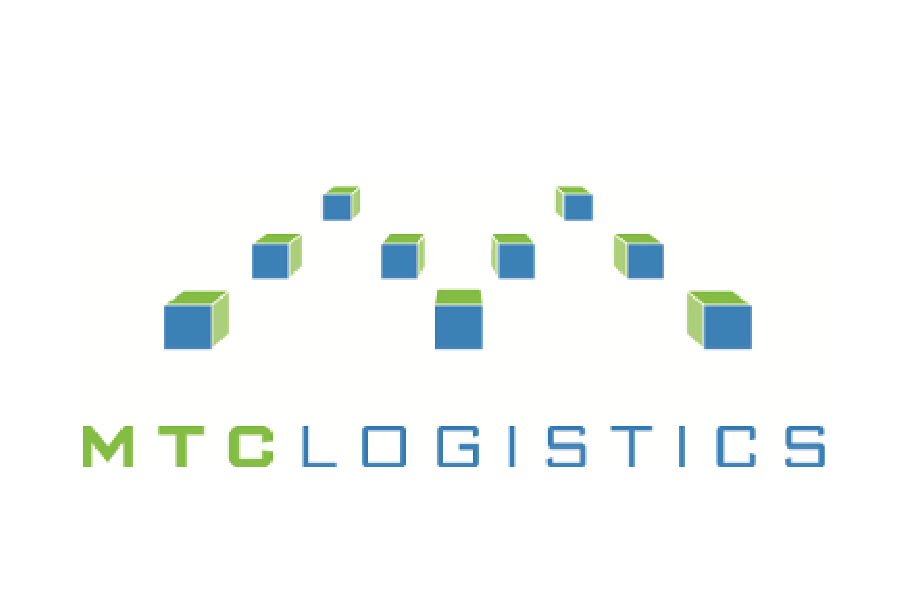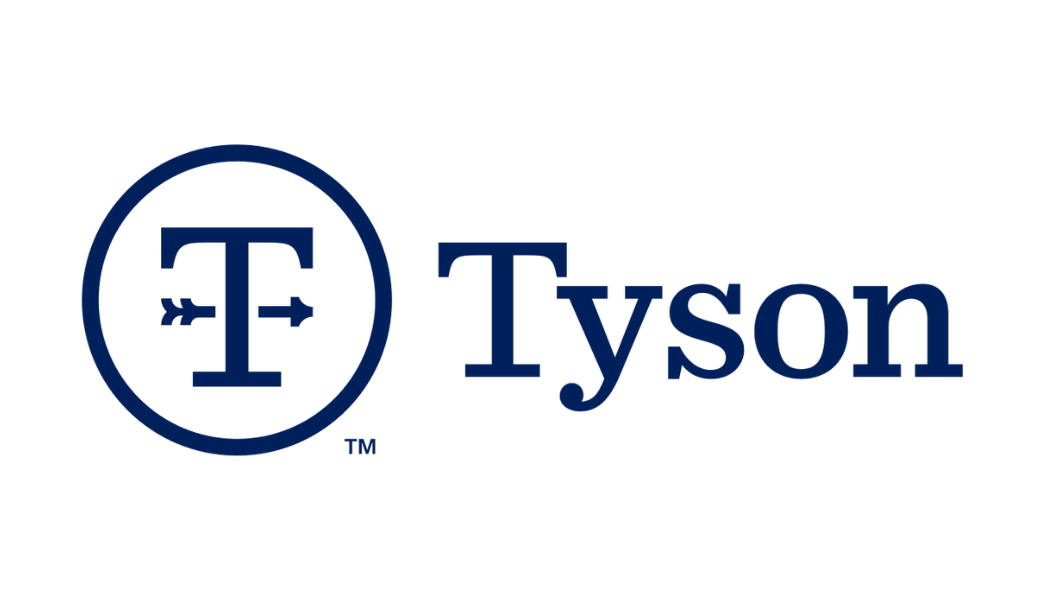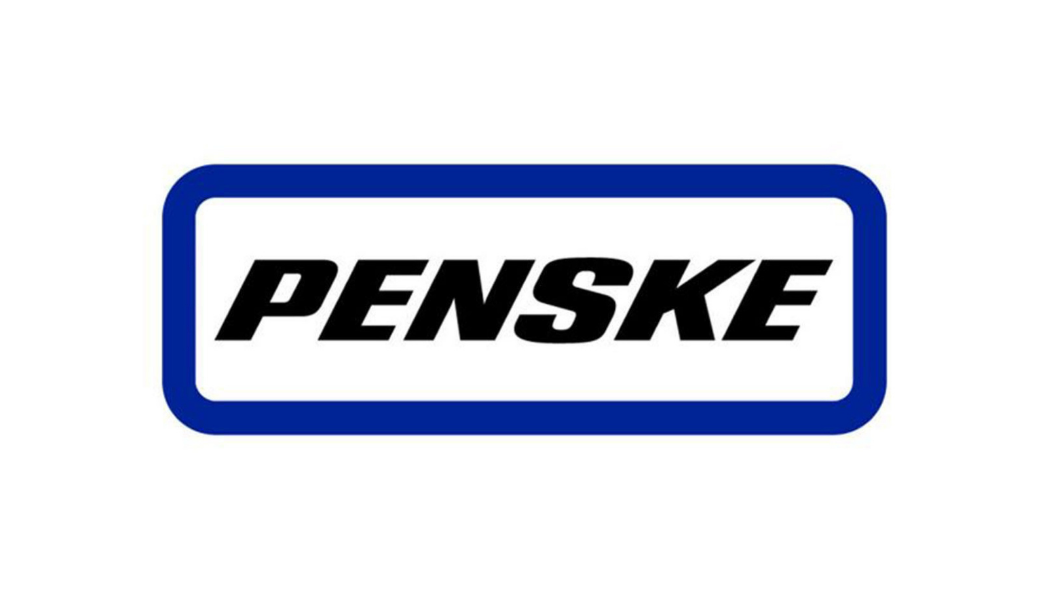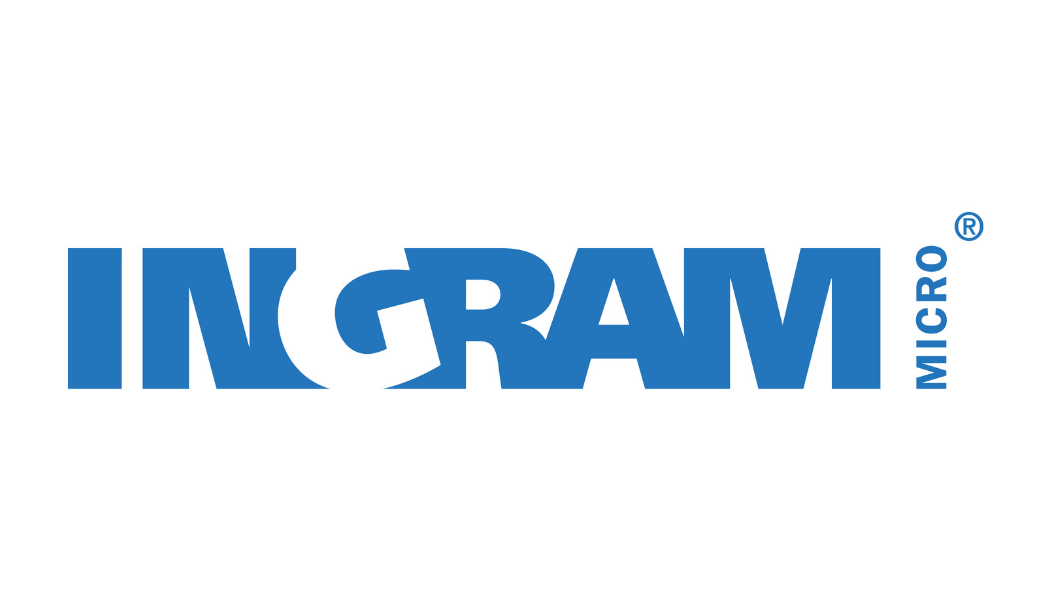Video Player
00:00
00:00
Warehouse Management System Services
Warehouse Management Upgrades
Tryon Solutions offers full-service WMS upgrades for smarter systems and faster operations.
Robotics and AI Integration
Tryon helps unlock smart supply chains with robotics and AI-powered automation.
Staff Augmentation
Tryon Solutions teammates are our biggest asset and they can be yours too.
Test Automation
Tryon offers Test Management and Test Strategy for operations focused on quality.
Advisory Services
Tryon’s advisory services professionals have a focus on optimizing your warehouse for peak performance including future readiness.
Go Lives in 2024
%
Successful Go Lives
%
CSAT Score in 2024
Clients That Trust Us
